Himanshu Sharma
Polynomial Chaos Expansion for Operator Learning
Aug 28, 2025Abstract:Operator learning (OL) has emerged as a powerful tool in scientific machine learning (SciML) for approximating mappings between infinite-dimensional functional spaces. One of its main applications is learning the solution operator of partial differential equations (PDEs). While much of the progress in this area has been driven by deep neural network-based approaches such as Deep Operator Networks (DeepONet) and Fourier Neural Operator (FNO), recent work has begun to explore traditional machine learning methods for OL. In this work, we introduce polynomial chaos expansion (PCE) as an OL method. PCE has been widely used for uncertainty quantification (UQ) and has recently gained attention in the context of SciML. For OL, we establish a mathematical framework that enables PCE to approximate operators in both purely data-driven and physics-informed settings. The proposed framework reduces the task of learning the operator to solving a system of equations for the PCE coefficients. Moreover, the framework provides UQ by simply post-processing the PCE coefficients, without any additional computational cost. We apply the proposed method to a diverse set of PDE problems to demonstrate its capabilities. Numerical results demonstrate the strong performance of the proposed method in both OL and UQ tasks, achieving excellent numerical accuracy and computational efficiency.
Neural Differential Algebraic Equations
Mar 19, 2024Abstract:Differential-Algebraic Equations (DAEs) describe the temporal evolution of systems that obey both differential and algebraic constraints. Of particular interest are systems that contain implicit relationships between their components, such as conservation relationships. Here, we present Neural Differential-Algebraic Equations (NDAEs) suitable for data-driven modeling of DAEs. This methodology is built upon the concept of the Universal Differential Equation; that is, a model constructed as a system of Neural Ordinary Differential Equations informed by theory from particular science domains. In this work, we show that the proposed NDAEs abstraction is suitable for relevant system-theoretic data-driven modeling tasks. Presented examples include (i) the inverse problem of tank-manifold dynamics and (ii) discrepancy modeling of a network of pumps, tanks, and pipes. Our experiments demonstrate the proposed method's robustness to noise and extrapolation ability to (i) learn the behaviors of the system components and their interaction physics and (ii) disambiguate between data trends and mechanistic relationships contained in the system.
Physics-constrained polynomial chaos expansion for scientific machine learning and uncertainty quantification
Feb 23, 2024Abstract:We present a novel physics-constrained polynomial chaos expansion as a surrogate modeling method capable of performing both scientific machine learning (SciML) and uncertainty quantification (UQ) tasks. The proposed method possesses a unique capability: it seamlessly integrates SciML into UQ and vice versa, which allows it to quantify the uncertainties in SciML tasks effectively and leverage SciML for improved uncertainty assessment during UQ-related tasks. The proposed surrogate model can effectively incorporate a variety of physical constraints, such as governing partial differential equations (PDEs) with associated initial and boundary conditions constraints, inequality-type constraints (e.g., monotonicity, convexity, non-negativity, among others), and additional a priori information in the training process to supplement limited data. This ensures physically realistic predictions and significantly reduces the need for expensive computational model evaluations to train the surrogate model. Furthermore, the proposed method has a built-in uncertainty quantification (UQ) feature to efficiently estimate output uncertainties. To demonstrate the effectiveness of the proposed method, we apply it to a diverse set of problems, including linear/non-linear PDEs with deterministic and stochastic parameters, data-driven surrogate modeling of a complex physical system, and UQ of a stochastic system with parameters modeled as random fields.
Contextual Reinforcement Learning for Offshore Wind Farm Bidding
Dec 18, 2023Abstract:We propose a framework for applying reinforcement learning to contextual two-stage stochastic optimization and apply this framework to the problem of energy market bidding of an off-shore wind farm. Reinforcement learning could potentially be used to learn close to optimal solutions for first stage variables of a two-stage stochastic program under different contexts. Under the proposed framework, these solutions would be learned without having to solve the full two-stage stochastic program. We present initial results of training using the DDPG algorithm and present intended future steps to improve performance.
Physics-Informed Polynomial Chaos Expansions
Sep 04, 2023Abstract:Surrogate modeling of costly mathematical models representing physical systems is challenging since it is typically not possible to create a large experimental design. Thus, it is beneficial to constrain the approximation to adhere to the known physics of the model. This paper presents a novel methodology for the construction of physics-informed polynomial chaos expansions (PCE) that combines the conventional experimental design with additional constraints from the physics of the model. Physical constraints investigated in this paper are represented by a set of differential equations and specified boundary conditions. A computationally efficient means for construction of physically constrained PCE is proposed and compared to standard sparse PCE. It is shown that the proposed algorithms lead to superior accuracy of the approximation and does not add significant computational burden. Although the main purpose of the proposed method lies in combining data and physical constraints, we show that physically constrained PCEs can be constructed from differential equations and boundary conditions alone without requiring evaluations of the original model. We further show that the constrained PCEs can be easily applied for uncertainty quantification through analytical post-processing of a reduced PCE filtering out the influence of all deterministic space-time variables. Several deterministic examples of increasing complexity are provided and the proposed method is applied for uncertainty quantification.
Learning thermodynamically constrained equations of state with uncertainty
Jun 29, 2023Abstract:Numerical simulations of high energy-density experiments require equation of state (EOS) models that relate a material's thermodynamic state variables -- specifically pressure, volume/density, energy, and temperature. EOS models are typically constructed using a semi-empirical parametric methodology, which assumes a physics-informed functional form with many tunable parameters calibrated using experimental/simulation data. Since there are inherent uncertainties in the calibration data (parametric uncertainty) and the assumed functional EOS form (model uncertainty), it is essential to perform uncertainty quantification (UQ) to improve confidence in the EOS predictions. Model uncertainty is challenging for UQ studies since it requires exploring the space of all possible physically consistent functional forms. Thus, it is often neglected in favor of parametric uncertainty, which is easier to quantify without violating thermodynamic laws. This work presents a data-driven machine learning approach to constructing EOS models that naturally captures model uncertainty while satisfying the necessary thermodynamic consistency and stability constraints. We propose a novel framework based on physics-informed Gaussian process regression (GPR) that automatically captures total uncertainty in the EOS and can be jointly trained on both simulation and experimental data sources. A GPR model for the shock Hugoniot is derived and its uncertainties are quantified using the proposed framework. We apply the proposed model to learn the EOS for the diamond solid state of carbon, using both density functional theory data and experimental shock Hugoniot data to train the model and show that the prediction uncertainty reduces by considering the thermodynamic constraints.
AdverSAR: Adversarial Search and Rescue via Multi-Agent Reinforcement Learning
Dec 20, 2022Abstract:Search and Rescue (SAR) missions in remote environments often employ autonomous multi-robot systems that learn, plan, and execute a combination of local single-robot control actions, group primitives, and global mission-oriented coordination and collaboration. Often, SAR coordination strategies are manually designed by human experts who can remotely control the multi-robot system and enable semi-autonomous operations. However, in remote environments where connectivity is limited and human intervention is often not possible, decentralized collaboration strategies are needed for fully-autonomous operations. Nevertheless, decentralized coordination may be ineffective in adversarial environments due to sensor noise, actuation faults, or manipulation of inter-agent communication data. In this paper, we propose an algorithmic approach based on adversarial multi-agent reinforcement learning (MARL) that allows robots to efficiently coordinate their strategies in the presence of adversarial inter-agent communications. In our setup, the objective of the multi-robot team is to discover targets strategically in an obstacle-strewn geographical area by minimizing the average time needed to find the targets. It is assumed that the robots have no prior knowledge of the target locations, and they can interact with only a subset of neighboring robots at any time. Based on the centralized training with decentralized execution (CTDE) paradigm in MARL, we utilize a hierarchical meta-learning framework to learn dynamic team-coordination modalities and discover emergent team behavior under complex cooperative-competitive scenarios. The effectiveness of our approach is demonstrated on a collection of prototype grid-world environments with different specifications of benign and adversarial agents, target locations, and agent rewards.
Developing and Validating Semi-Markov Occupancy Generative Models: A Technical Report
Dec 21, 2021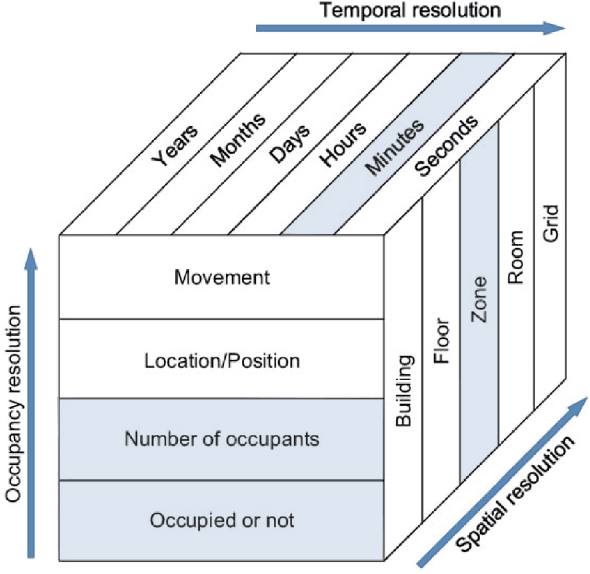

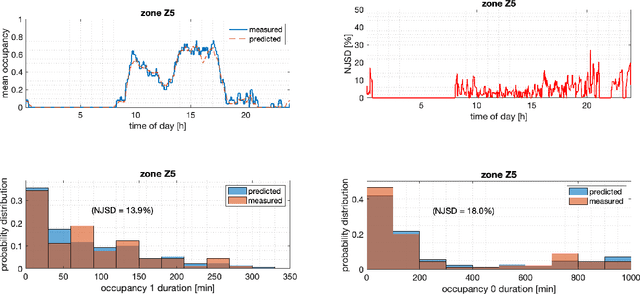

Abstract:This report documents recent technical work on developing and validating stochastic occupancy models in commercial buildings, performed by the Pacific Northwest National Laboratory (PNNL) as part of the Sensor Impact Evaluation and Verification project under the U.S. Department of Energy (DOE) Building Technologies Office (BTO). In this report, we present our work on developing and validating inhomogeneous semi-Markov chain models for generating sequences of zone-level occupancy presence and occupancy counts in a commercial building. Real datasets are used to learn and validate the generative occupancy models. Relevant metrics such as normalized Jensen-Shannon distance (NJSD) are used to demonstrate the ability of the models to express realistic occupancy behavioral patterns.
Deploying deep learning in OpenFOAM with TensorFlow
Dec 01, 2020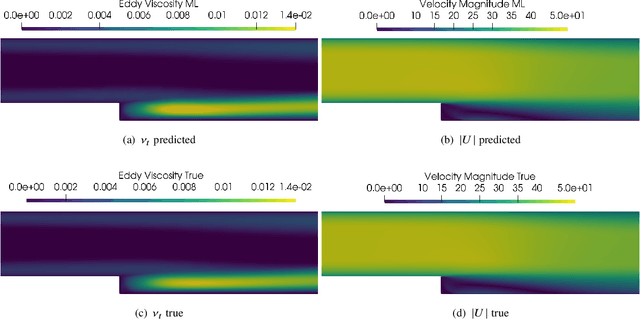
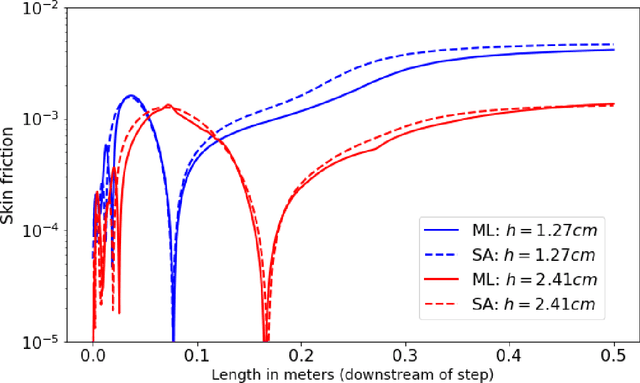
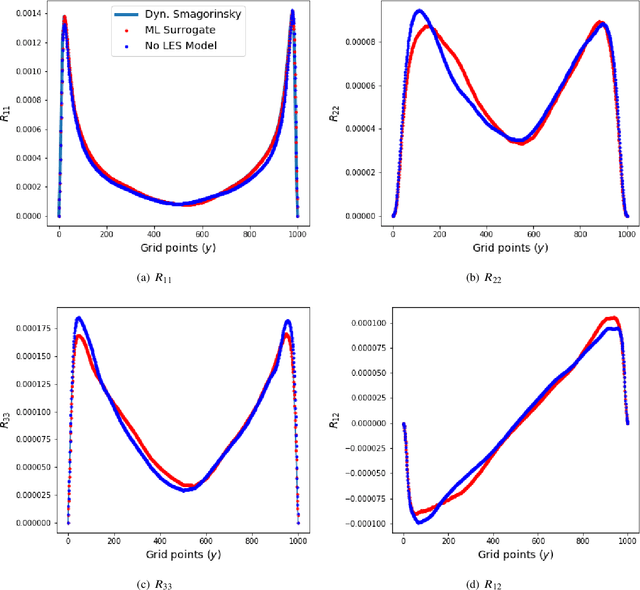
Abstract:We outline the development of a data science module within OpenFOAM which allows for the in-situ deployment of trained deep learning architectures for general-purpose predictive tasks. This module is constructed with the TensorFlow C API and is integrated into OpenFOAM as an application that may be linked at run time. Notably, our formulation precludes any restrictions related to the type of neural network architecture (i.e., convolutional, fully-connected, etc.). This allows for potential studies of complicated neural architectures for practical CFD problems. In addition, the proposed module outlines a path towards an open-source, unified and transparent framework for computational fluid dynamics and machine learning.
Bayesian Neural Networks at Scale: A Performance Analysis and Pruning Study
May 28, 2020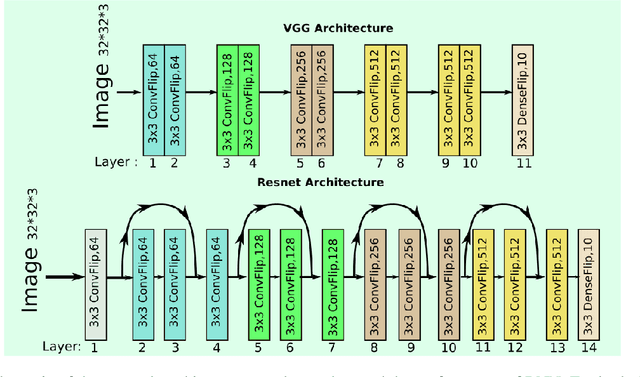
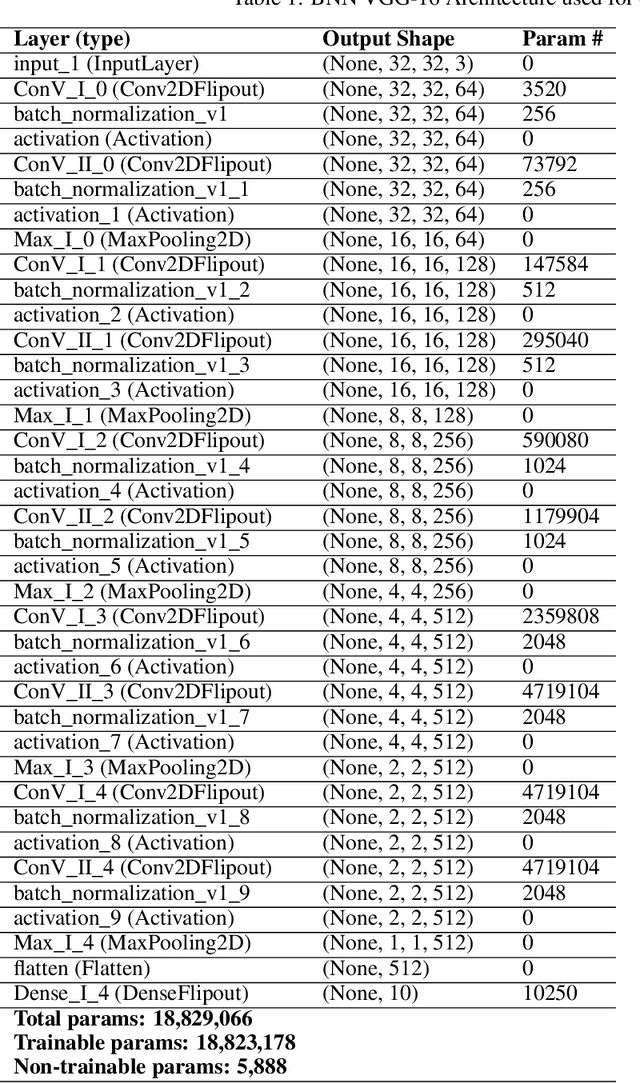
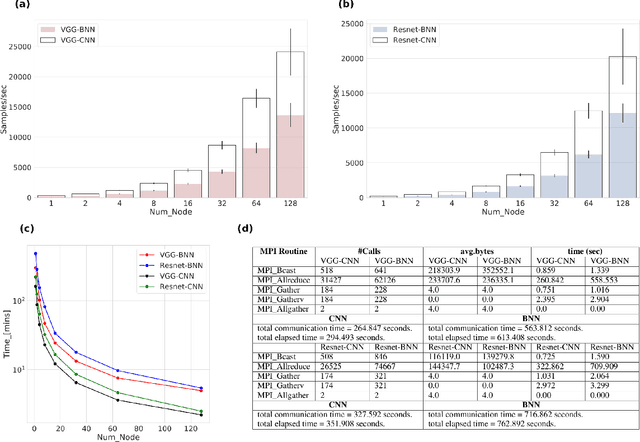
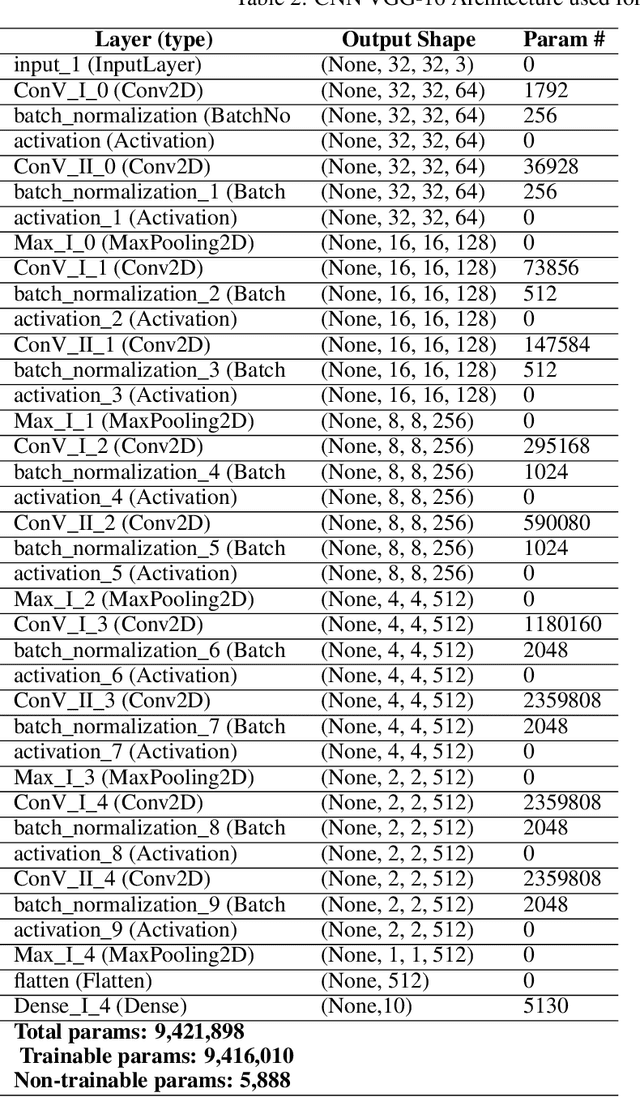
Abstract:Bayesian neural Networks (BNNs) are a promising method of obtaining statistical uncertainties for neural network predictions but with a higher computational overhead which can limit their practical usage. This work explores the use of high performance computing with distributed training to address the challenges of training BNNs at scale. We present a performance and scalability comparison of training the VGG-16 and Resnet-18 models on a Cray-XC40 cluster. We demonstrate that network pruning can speed up inference without accuracy loss and provide an open source software package, {\it{BPrune}} to automate this pruning. For certain models we find that pruning up to 80\% of the network results in only a 7.0\% loss in accuracy. With the development of new hardware accelerators for Deep Learning, BNNs are of considerable interest for benchmarking performance. This analysis of training a BNN at scale outlines the limitations and benefits compared to a conventional neural network.
 Add to Chrome
Add to Chrome Add to Firefox
Add to Firefox Add to Edge
Add to Edge